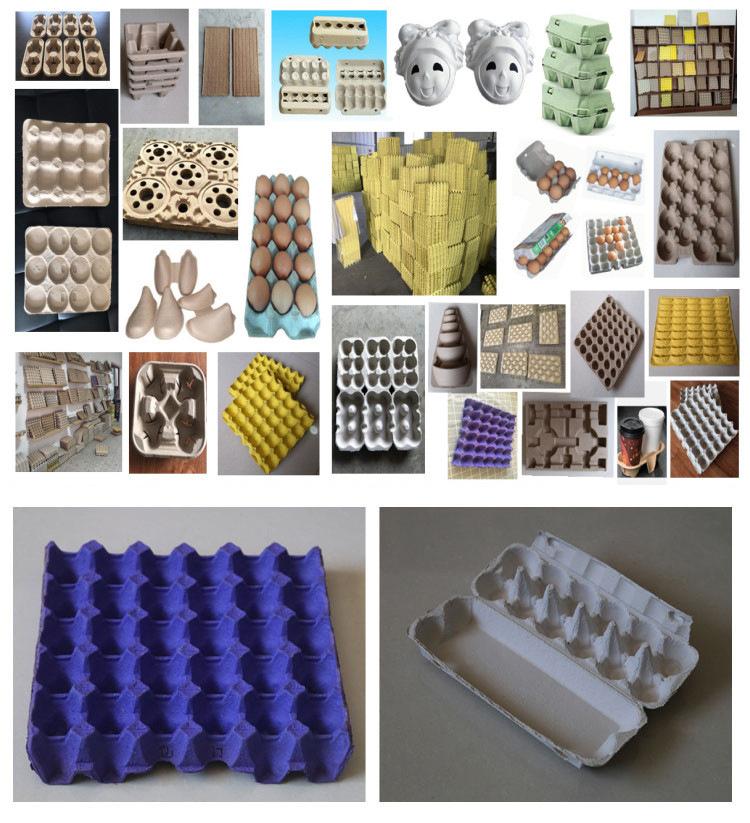Constructing a Comfortable and Functional Pig Pen for Your Farm's Happy Swine Community
júl . 28, 2024 14:49 Back to list
Constructing a Comfortable and Functional Pig Pen for Your Farm's Happy Swine Community
Building a Pig Pen A Step-by-Step Guide
Building a pig pen is an essential project for anyone looking to raise pigs. Whether you’re a small-scale farmer or a hobbyist, providing a safe and comfortable environment for your pigs is paramount for their health and productivity. In this article, we will outline the steps to create an effective pig pen while considering the needs of the animals and your requirements as a caretaker.
1. Planning Your Pig Pen
Before you start building, you need to determine the size and location of the pig pen. Pigs require space to move around, forage, and exhibit natural behaviors. A general rule of thumb is to provide at least 50 square feet per pig. This can vary depending on the breed and age of the pigs, so tailor the space accordingly. Additionally, choose a location that has good drainage and is away from water sources to prevent contamination.
2. Choosing Materials
When selecting materials for your pig pen, durability and safety should be your priority. The primary materials needed include fencing, a shelter, and bedding. For fencing, sturdy materials like welded wire or wood are recommended to keep the pigs secure. Since pigs are strong and curious animals, ensure that the fence stands at least 4-5 feet tall and is buried a foot underground to prevent digging.
Start by outlining the perimeter of your pig pen with stakes. Use string to visualize the space before starting the construction. For the fence, depending on your choice of material, install wooden posts with appropriate spacing. If using welded wire, attach it securely to the posts, ensuring there are no gaps that a pig could squeeze through.
4. Creating a Shelter
building a pig pen

Next, construct a shelter that will protect your pigs from harsh weather conditions. A simple barn-style structure with a roof and solid walls is ideal. Ensure the shelter is well-ventilated to prevent overheating in the summer. Inside the shelter, place straw or hay for bedding, which provides insulation and comfort for the pigs. Make sure the shelter is accessible for you to clean and maintain hygiene regularly.
5. Ensuring Access to Water and Food
It’s vital to include feeding and watering stations in your pig pen. Pigs should have constant access to fresh water. Consider installing a trough or automatic waterer that remains clean and filled. For feeding, use durable troughs that can withstand the pigs’ behavior and ease of access during mealtimes.
6. Adding Enrichment and Space for Foraging
Pigs are intelligent animals that need mental and physical stimulation. Incorporate elements of enrichment such as logs, tires, or rooting areas where they can dig and explore. This not only keeps them entertained but also supports their natural behaviors, which is essential for their overall well-being.
7. Regular Maintenance
Once your pig pen is built, regular maintenance is crucial to keep your pigs healthy. This includes cleaning the shelter, checking for damages in the fencing, and ensuring food and water supplies are adequate. Regularly monitor the pigs for any signs of illness or stress, as early detection can prevent more serious issues.
Conclusion
Building a pig pen is a rewarding endeavor that provides the foundation for raising healthy pigs. By carefully planning and incorporating the necessary elements, you can create an environment where pigs thrive. Remember, happy pigs lead to a successful and fulfilling farming experience. Happy building!
-
High Performance Exhaust Fan – Efficient Ventilation Solutions for Home
NewsJun.10,2025
-
High-Quality Gestation Pen for Sows Durable Mobile Pig Pen & Simple Pig Pen Solutions
NewsJun.10,2025
-
High Quality Rabbit Cage Double Tier Designs & Welded Wire Mesh Supplier
NewsJun.10,2025
-
Floating Fish Feed Machine - High Efficiency Floating Fish Feed Extruder for Small Scale Production
NewsJun.10,2025
-
Premium Poultry Housing Solutions Mobile & Commercial Free Range Options
NewsJun.10,2025
-
Industrial FRP Fans Corrosion-Resistant Blades & Centrifugal Systems
NewsJun.09,2025






